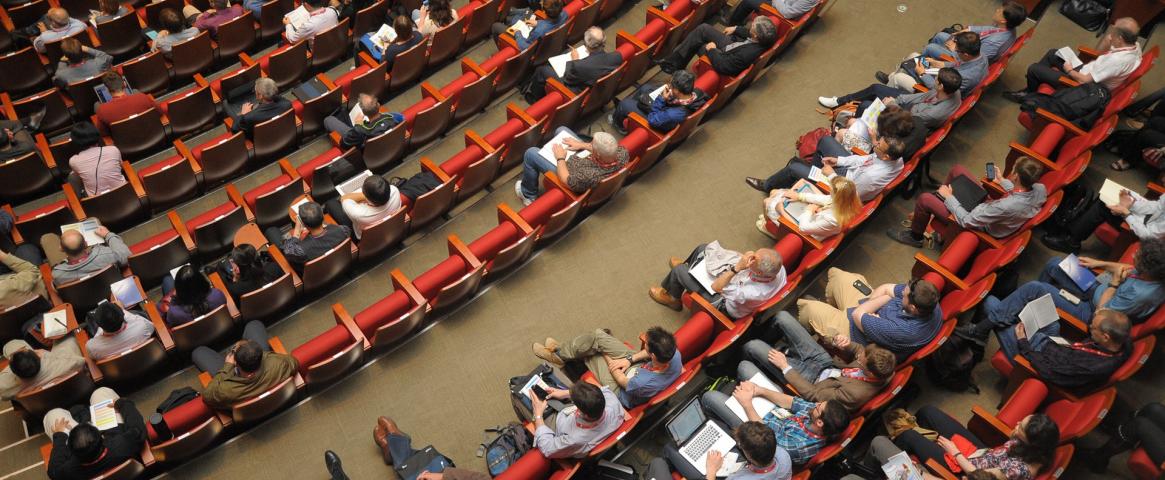Read the 2019 fellows’ stories here.
Q: The American Association for the Advancement of Science (AAAS) meeting is one of the world's largest gatherings of the science community. How did it feel to be there?
A: Overwhelming! Every day was a barrage of people to meet, events to attend, and incredible science and science communication to experience. I felt like I had to be wide awake and taking notes at every second so that I could remember everything later. But at the same time I felt oddly calm, because I knew that, however I chose to arrange my schedule, I would have an amazing time.
Q: You covered an interesting topic: archaeoecology, which is the impact of human activities on ecology. Why did you choose to cover that research and how did you go about it?
A: Several of my Barnard courses, such as my senior seminar on the use of big data in biology, have fostered my fascination in new technologies that allow biologists to study interactions between species on exceedingly grand scales. I chose to cover the ArchaeoEcology Project (which spanned two back-to-back sessions at AAAS) because I was interested to learn how human-centric archaeological data fit into these grand ecological interactions. To cover this research, I drew on my experience covering events for Bwog, a Columbia student news site: I arrived at the panel early to briefly interview the scientists about their work, took extremely detailed notes throughout their presentations, and began drafting my piece immediately after the panel ended so that my impression of the talks would be fresh in my mind.
Q: What were some of the other highlights of your attendance at the AAAS meeting?
A: Friday evening was inspirational for me, as I attended the NASW Travel Fellow Reunion and the Kavli Science Journalism Awards. These two events allowed me to interact with some of my favorite science writers and learn about people who would become more of my favorite science writers; I left the Kavli Awards with a reading list the length of a Columbia syllabus and an intense drive to find my own niche in the science writing world. (Also, during the awards ceremony, I found myself seated behind Ed Yong, which was exciting all by itself.)
Q: How will your experience help you in your career?
A: I met so many incredible writers and editors whom I’m hoping will become invaluable connections for me as I begin pitching science stories. The other aspiring writers in my Travel Fellows cohort were all particularly great people to meet; pursuing science writing often feels strangely isolating at my school, where all the biology majors are going on to research or medical school and all the English majors are finding work at magazines or publishing houses, so it was both comforting and inspirational for me to learn that I’m not alone in my career goals and that I now have friends across the country who can help me along my way.
Q: What's next for you after graduation?
A: Starting in June, I will be a full-time research associate at Stacker Media, a journalism startup based in New York which produces data-driven slideshow stories. I’m hoping to take on some freelance science writing projects as well; editors, be on the lookout for my pitch emails.
Q: Would you recommend other aspiring science writers apply for NASW Undergraduate Travel Fellowships to AAAS?
A: Absolutely! It’s a truly unique opportunity to both meet other science writers and step into their shoes by covering the incredible research presented at AAAS.
Q: Is there anything else you'd like to add?
A: I’d like to thank Czerne Reid and Ashley Yeager for organizing the program, my mentor and editor Kelly Tyrrell, and all of the other 2019 Travel Fellows for making AAAS an unforgettable experience.
Also, I’m on Twitter: @betsyladyzhets.



